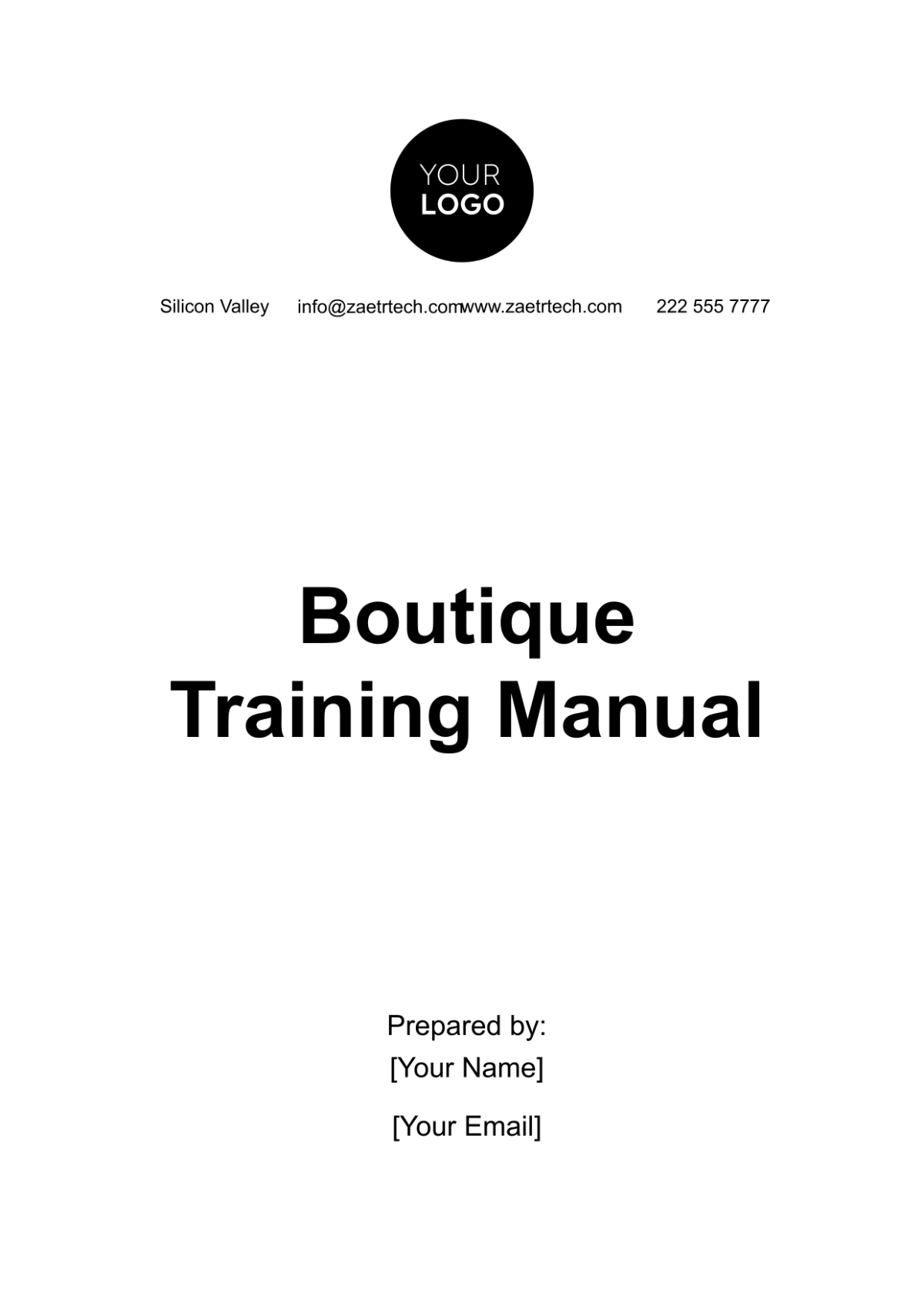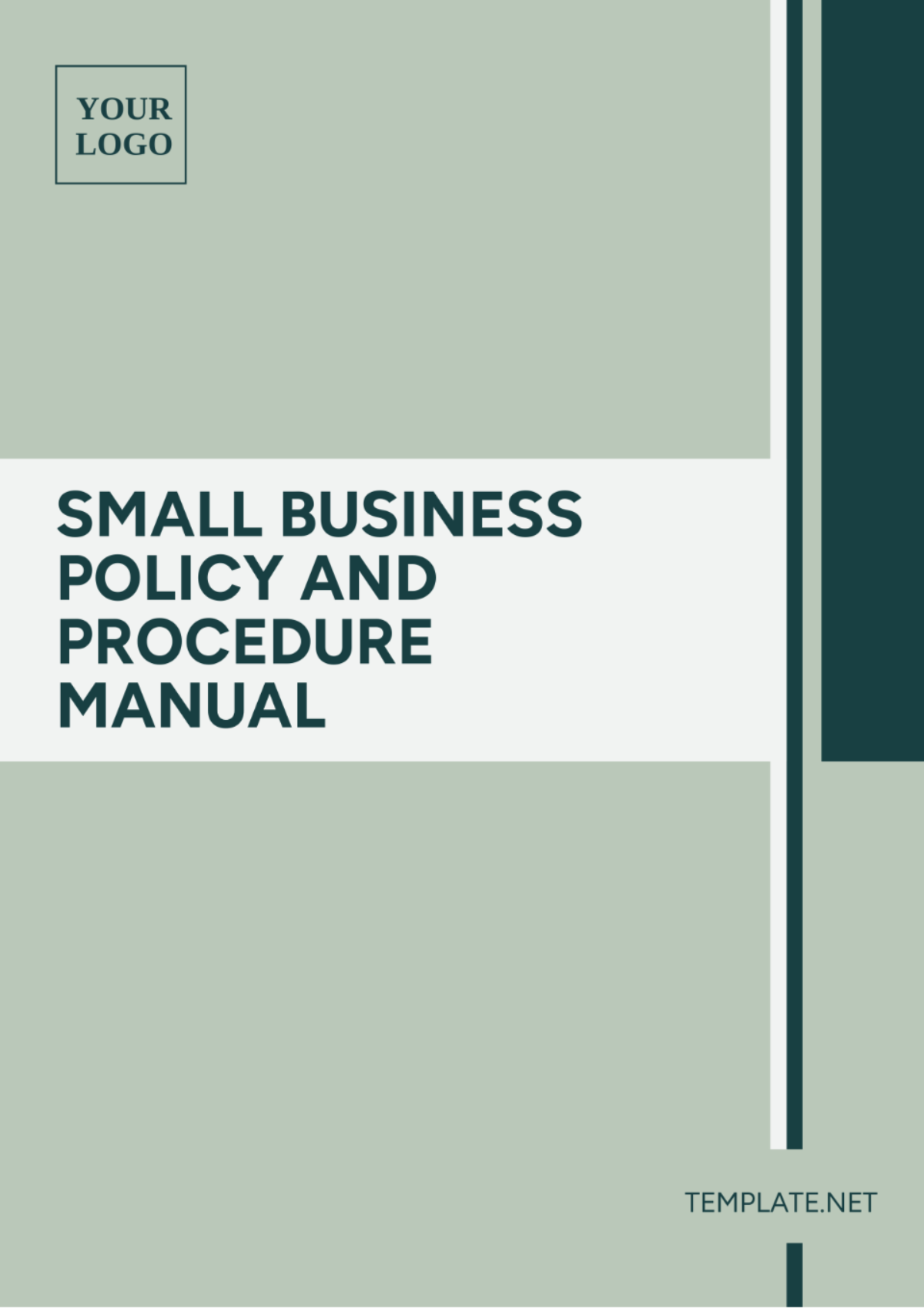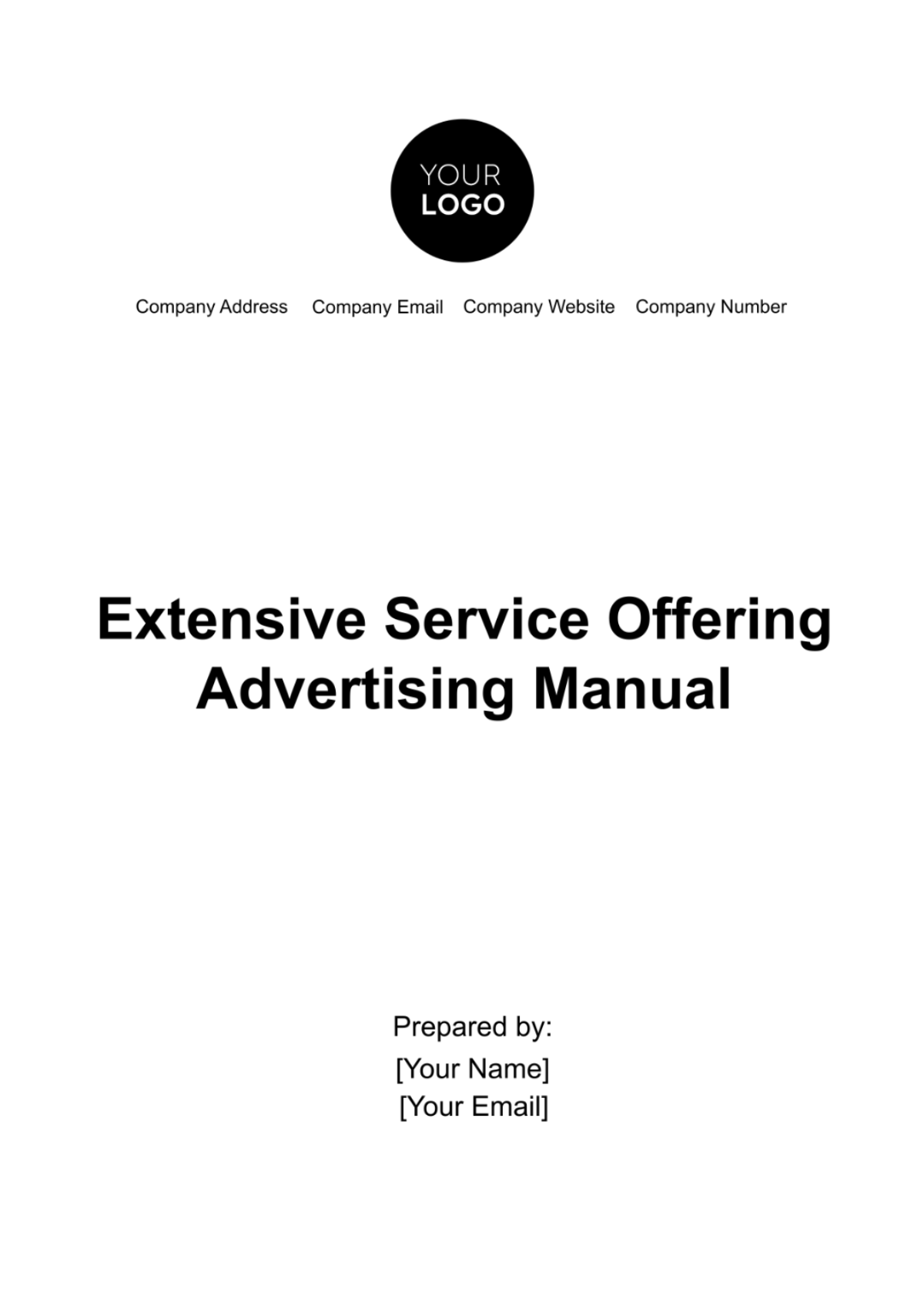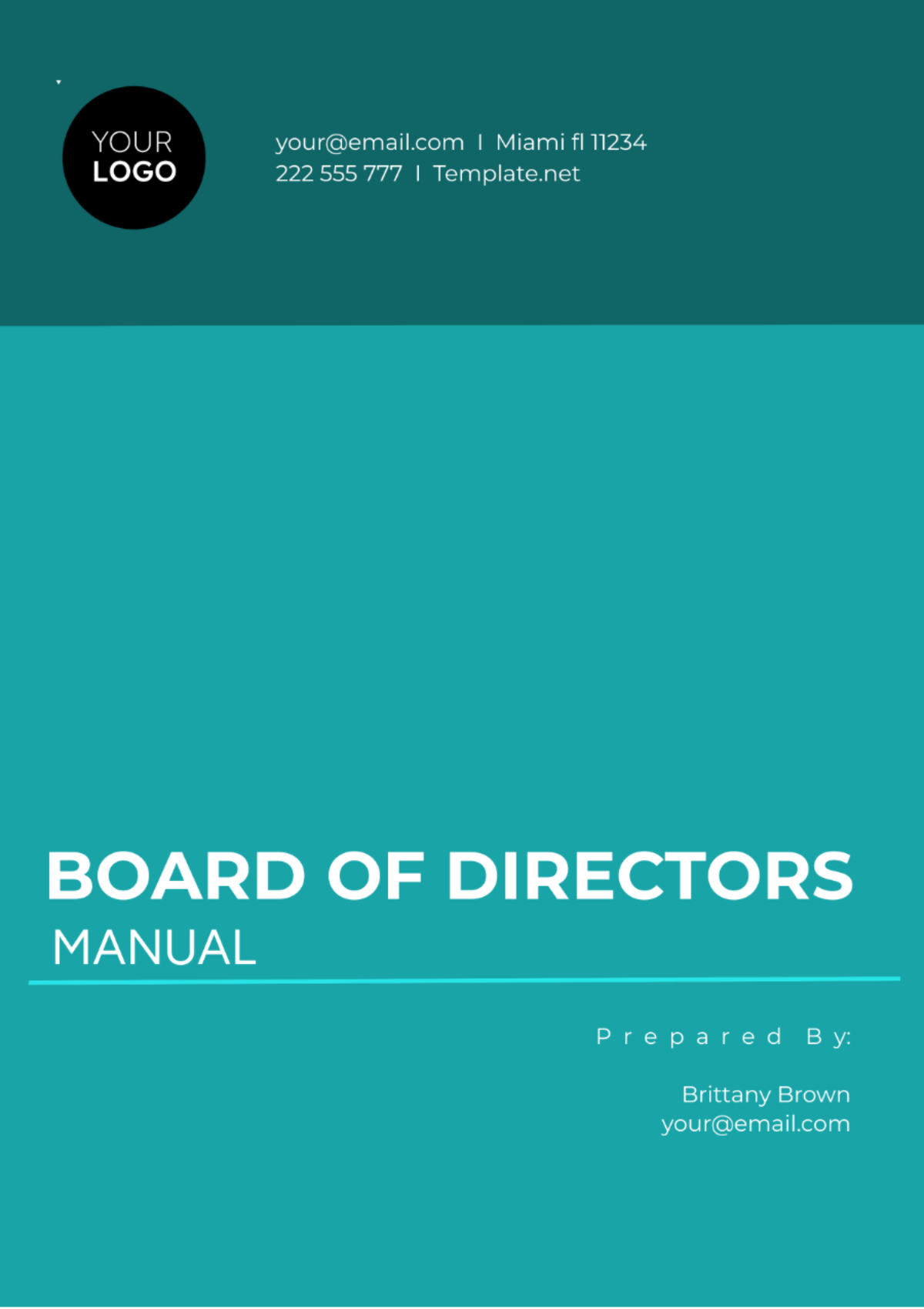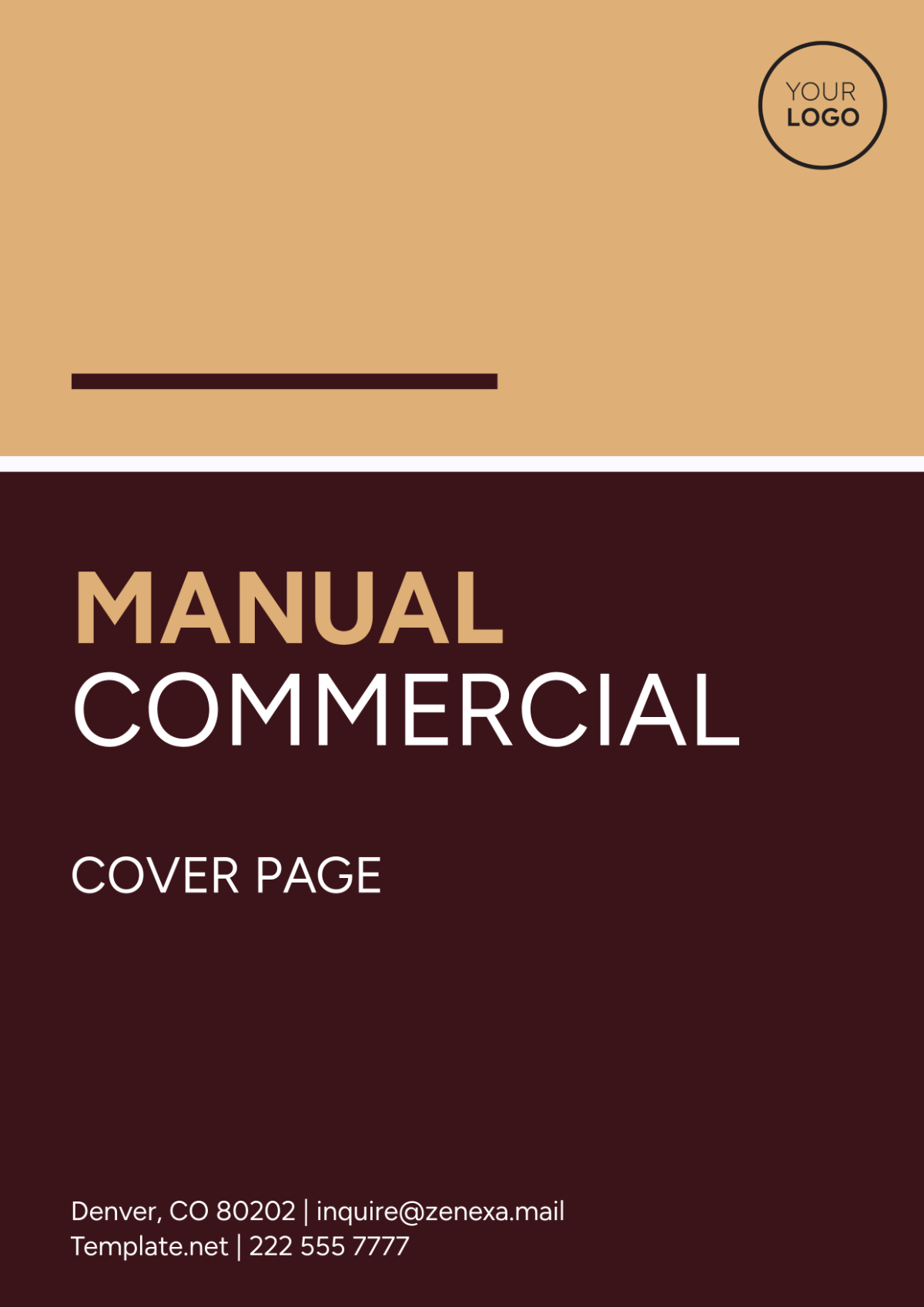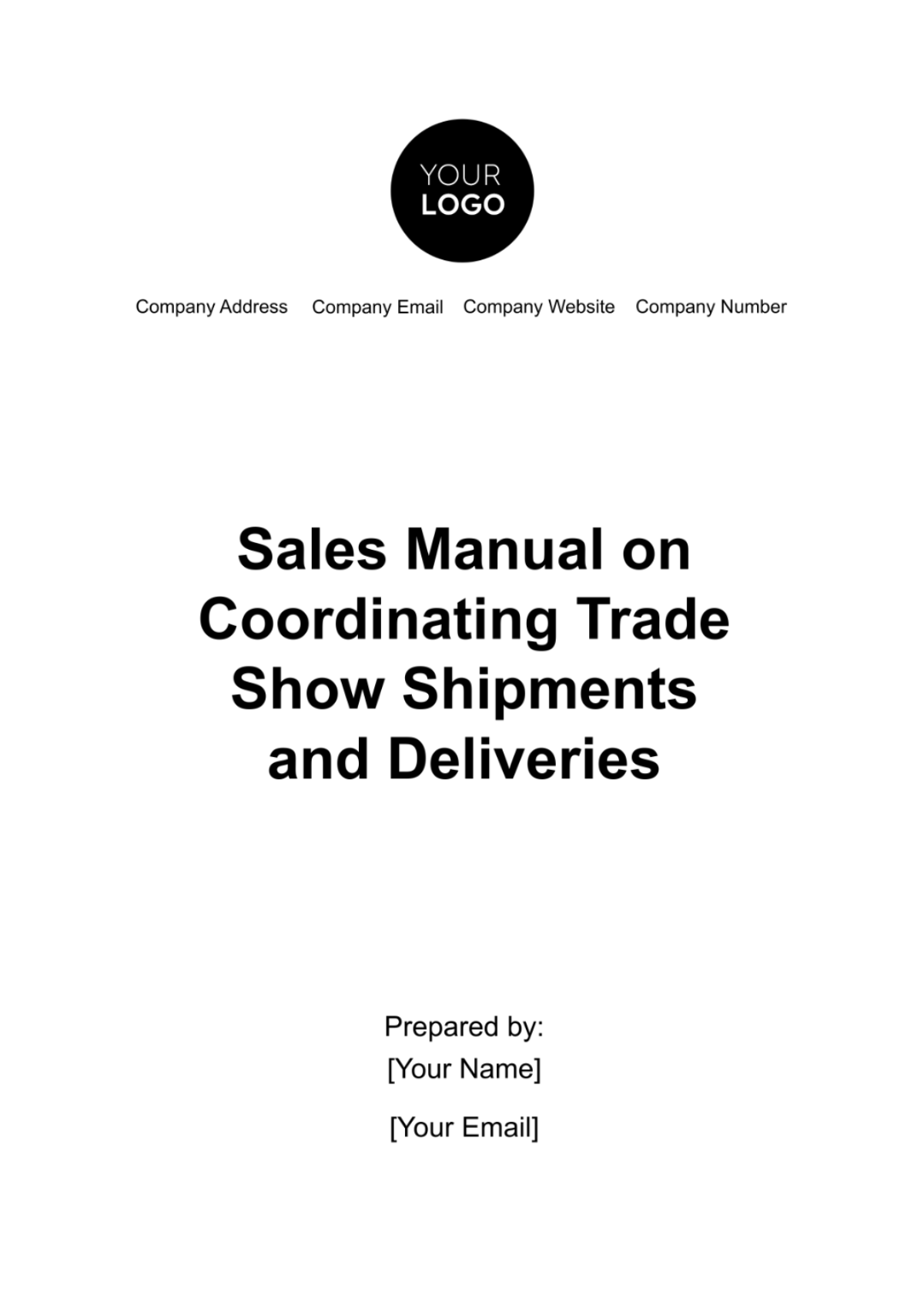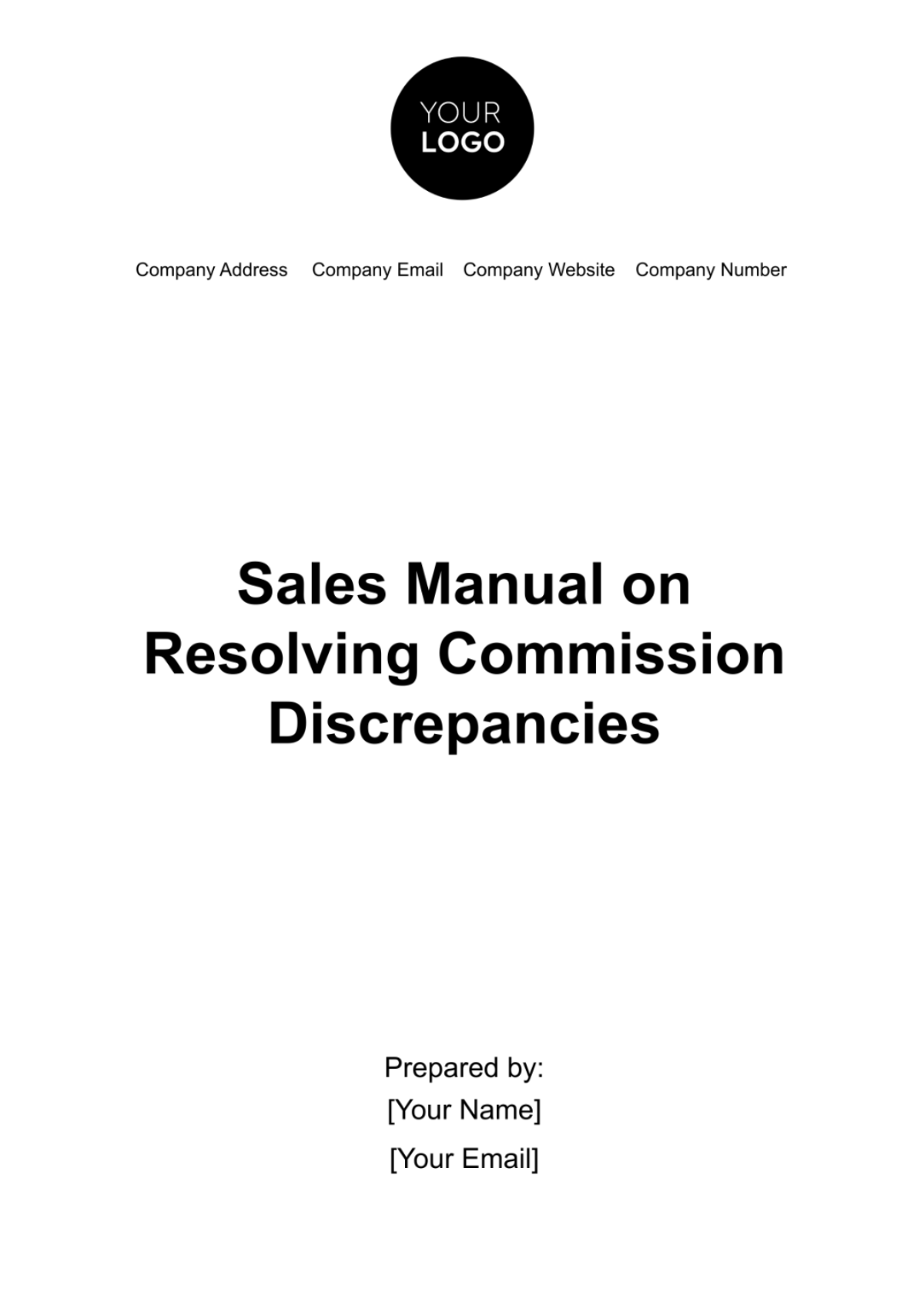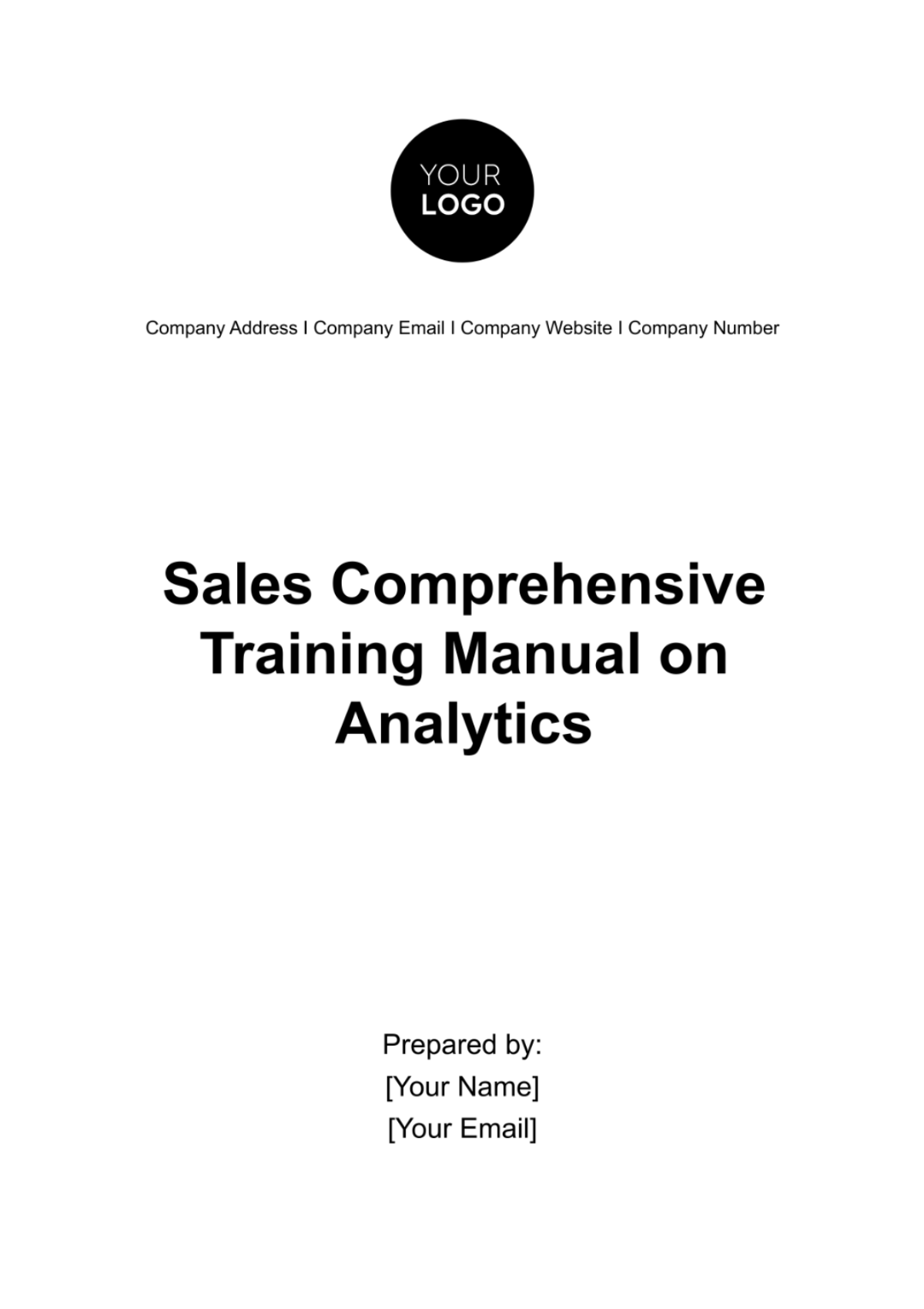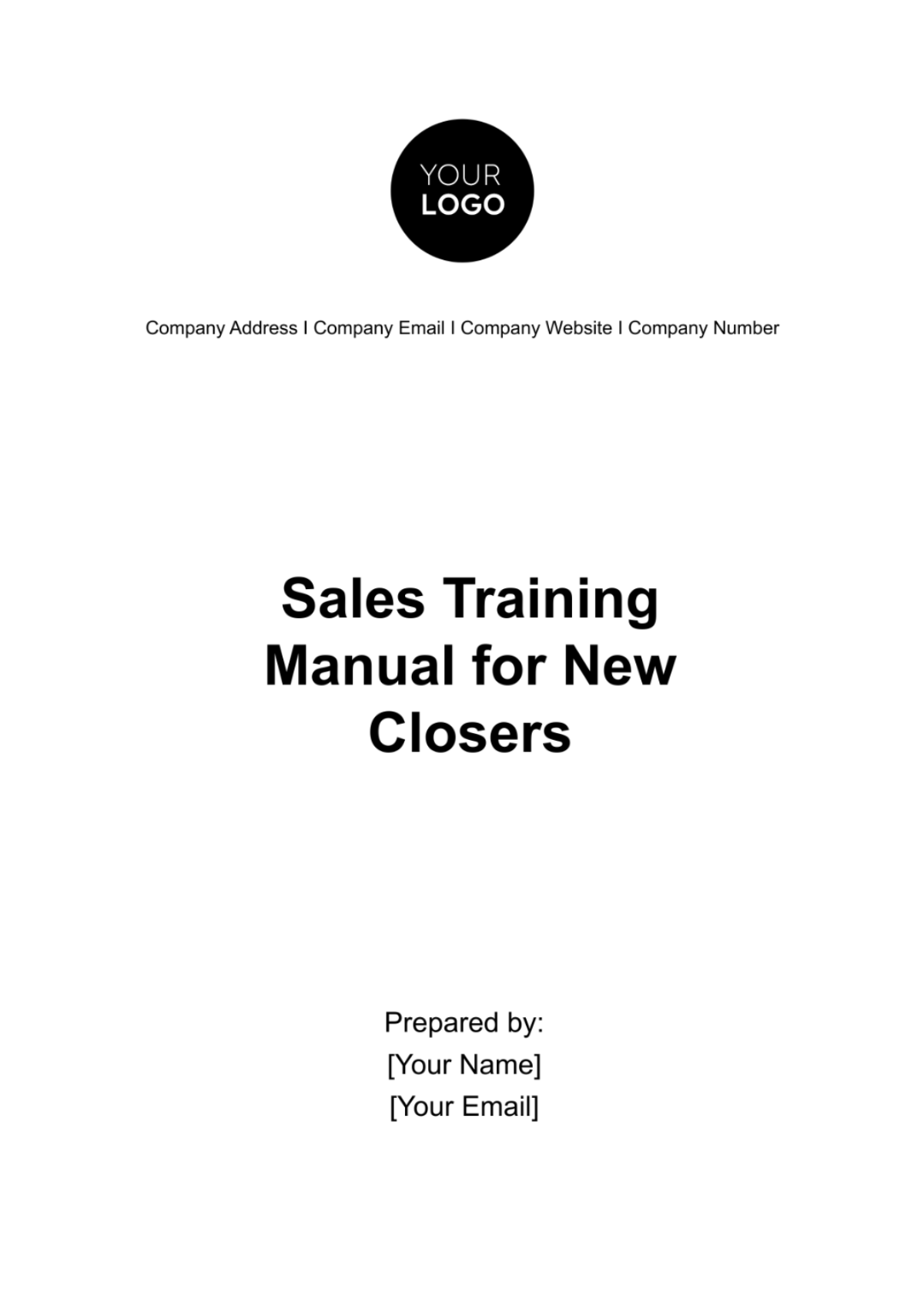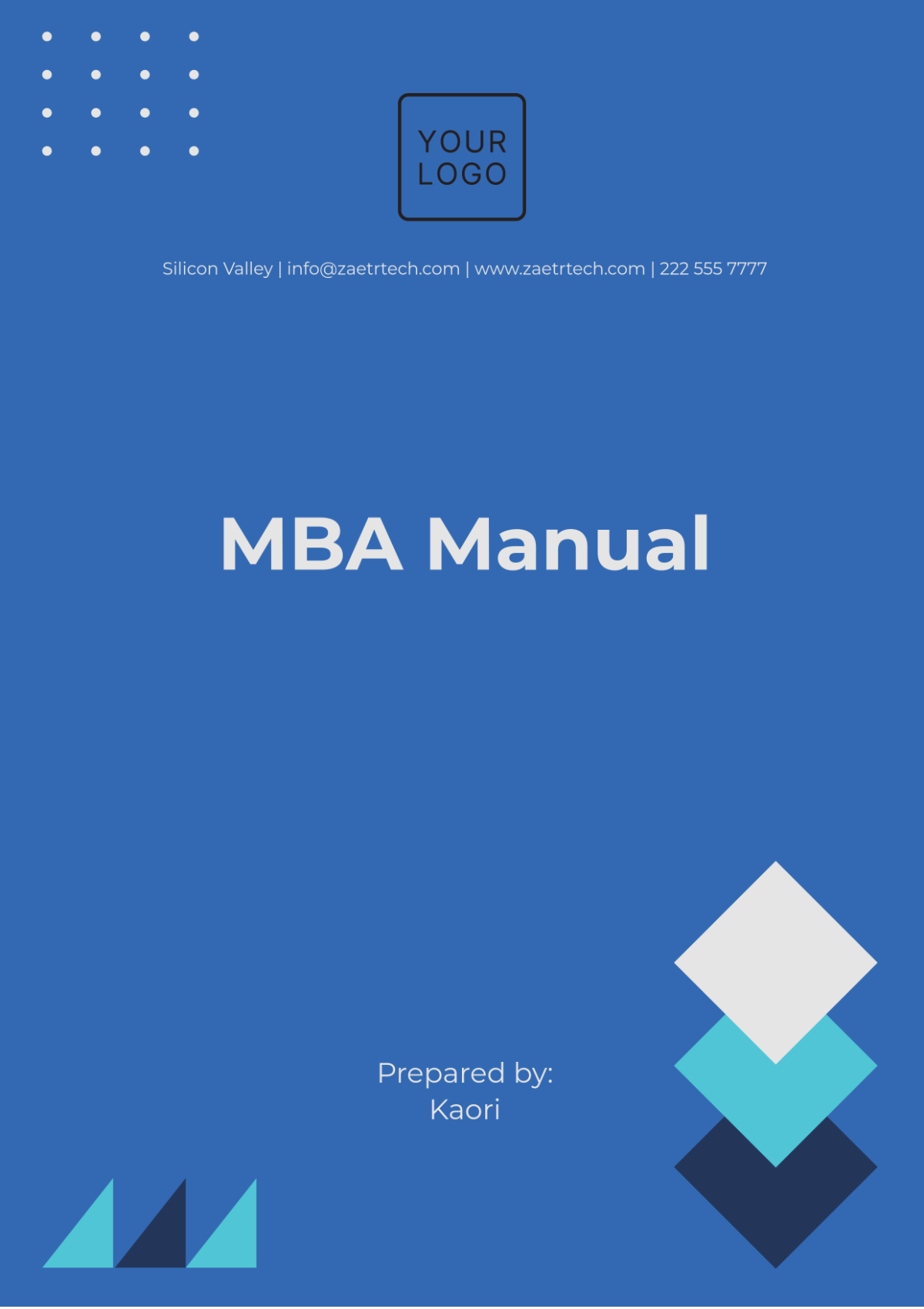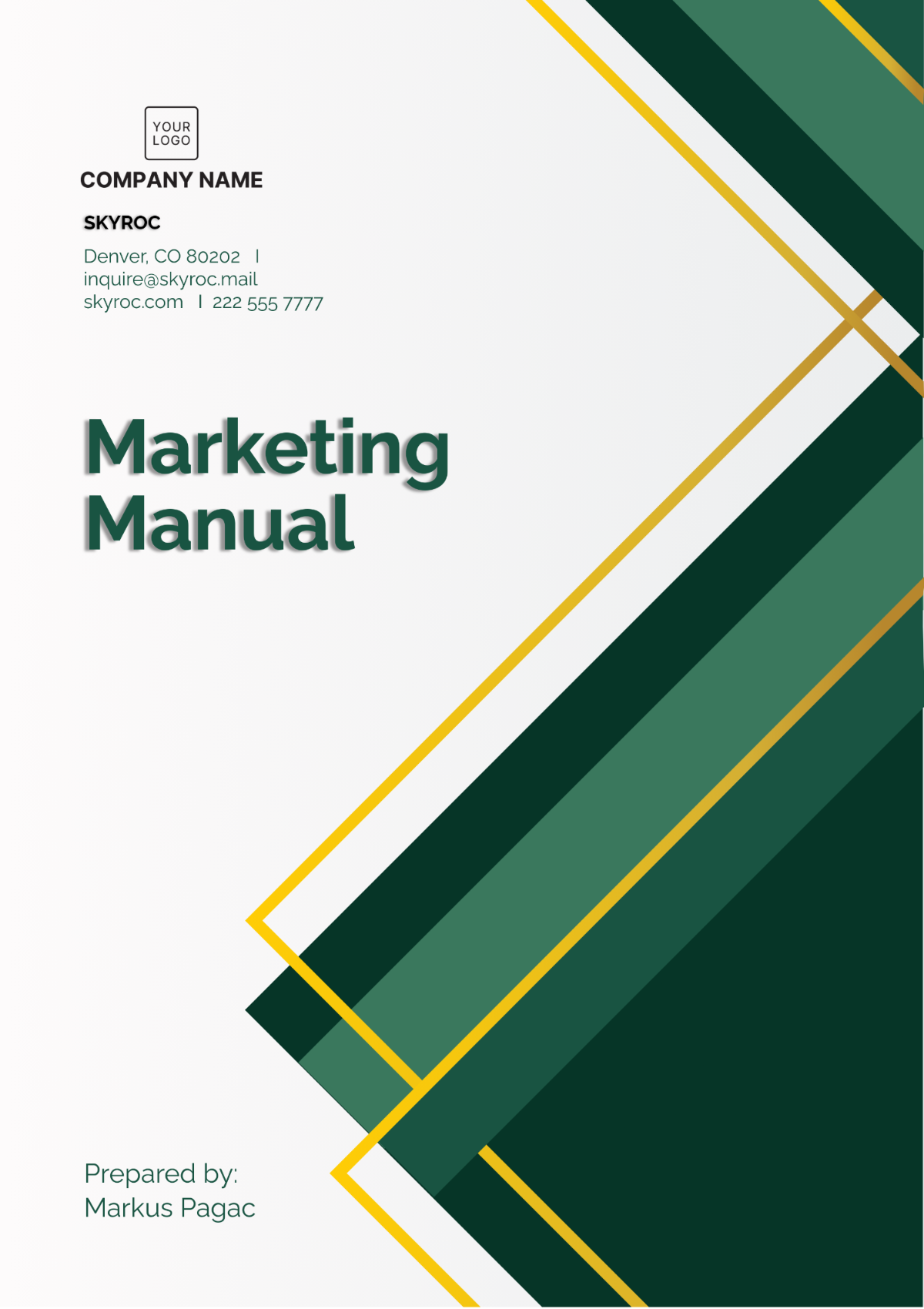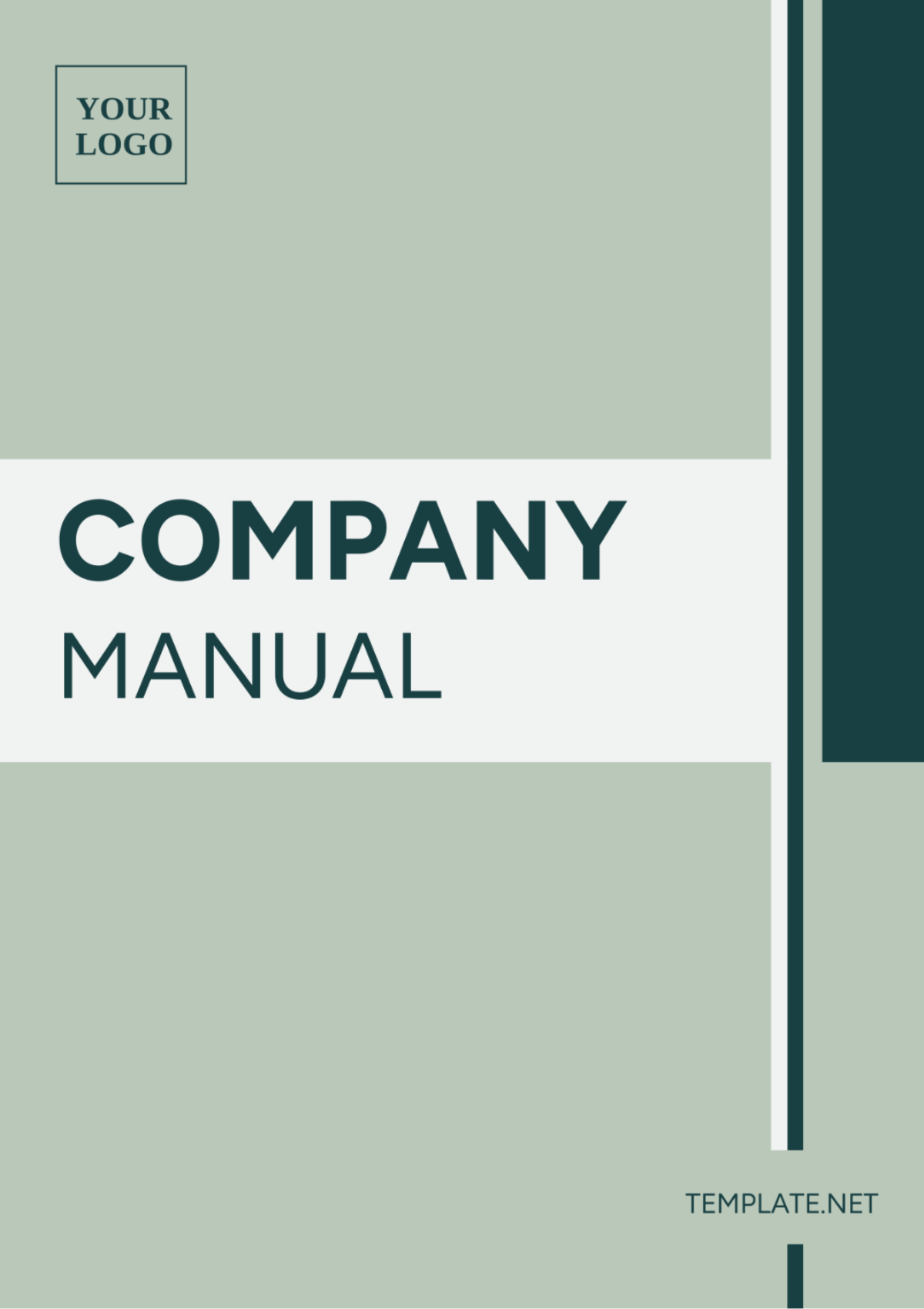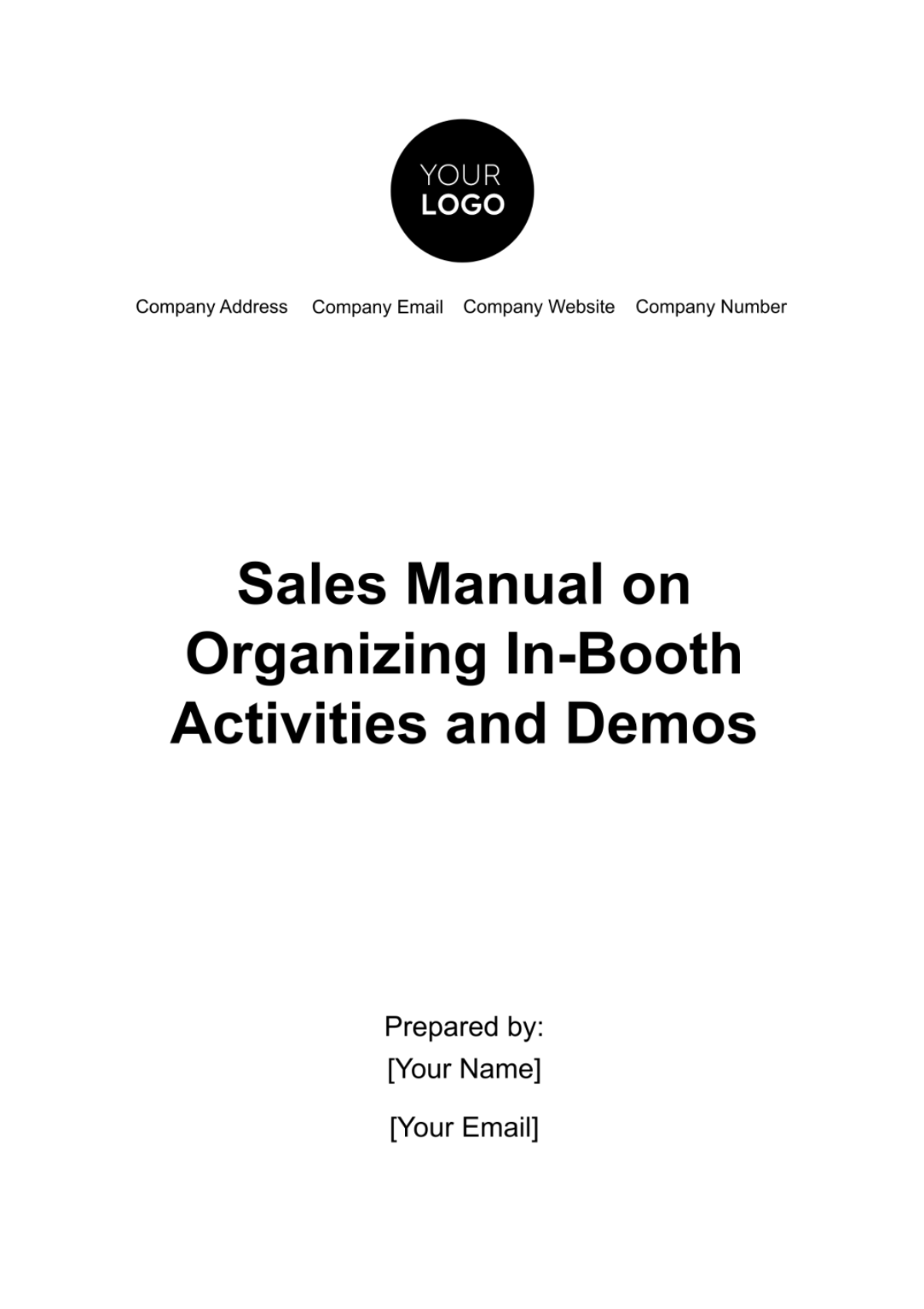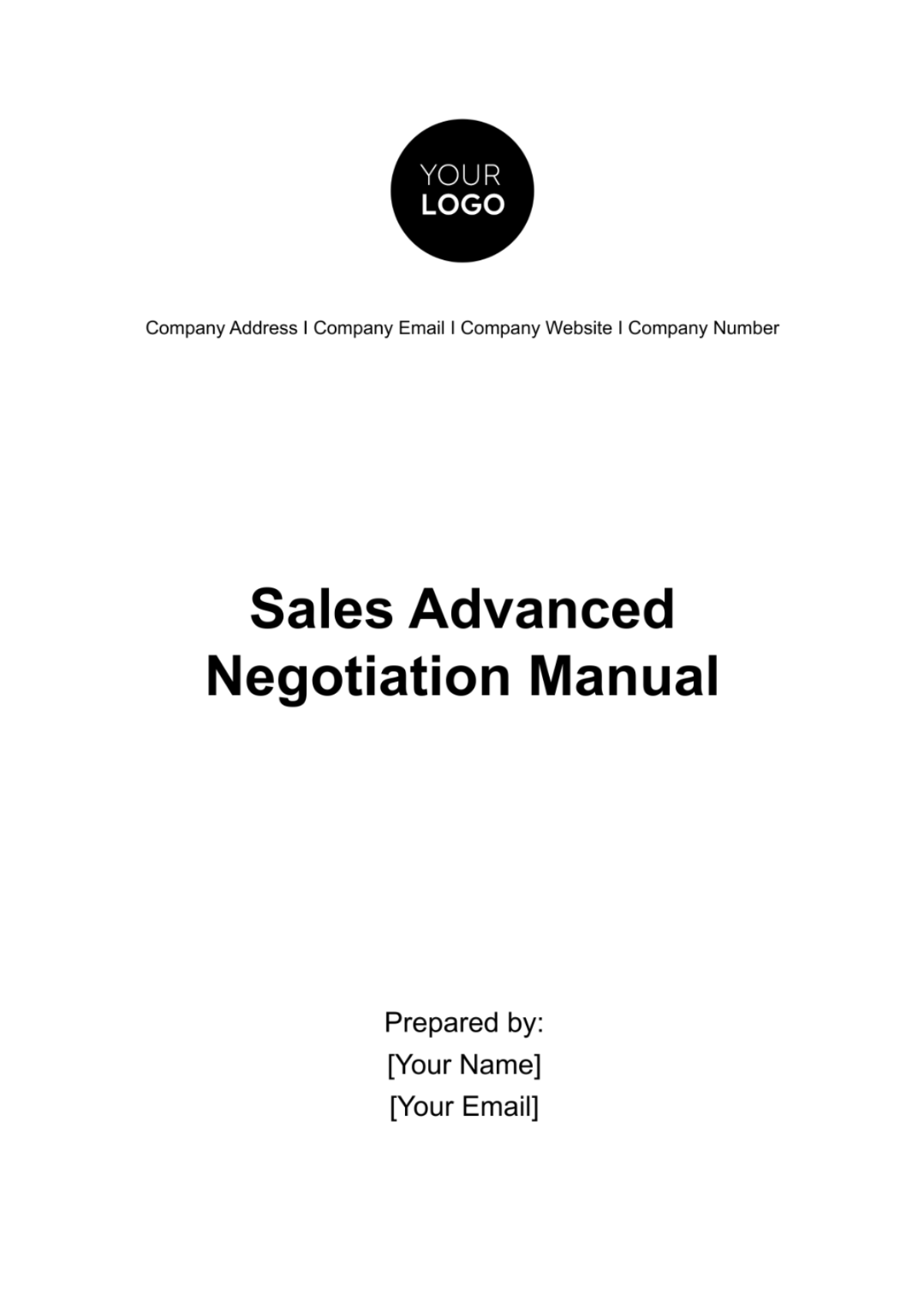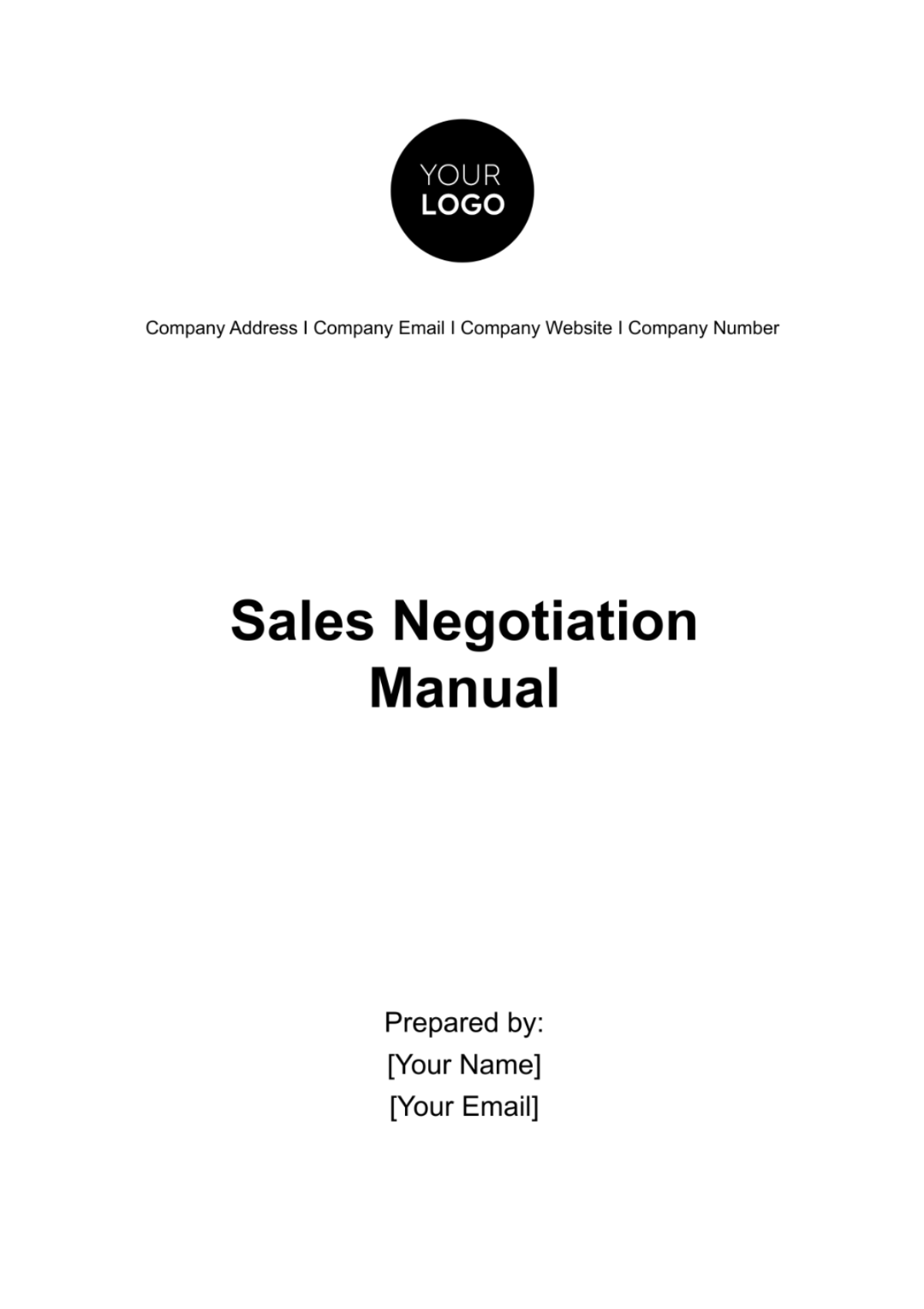Marketing Manual for Partner Collaboration
Our Partner Collaboration Marketing Manual is a compass for navigating the complex and dynamic landscape of modern marketing. Within these pages, you'll discover invaluable insights and proven strategies tailored to empower your journey in collaborative marketing. As marketing professionals, we understand that partnerships are the cornerstone of success, enabling the expansion of your market reach, heightening brand recognition, and accelerating growth. This comprehensive manual is meticulously crafted to guide you in forging and sustaining impactful partnerships, thereby optimizing the value they bring to your organization.
Unlock the potential of partnership collaborations with this guide, offering a wealth of knowledge accumulated through years of industry experience. Partnerships are not just opportunities but a strategic necessity in the ever-evolving marketplace. By delving into this manual, you'll gain a competitive edge in fostering successful collaborations and harnessing their full potential.
Let this manual serve as a beacon, illuminating the path to thriving collaborative marketing efforts. Whether you're a seasoned marketing veteran or a newcomer to the field, this guide is your essential companion for achieving remarkable results through partnerships. Together, we will chart a course towards enhanced brand presence and accelerated growth.
1. Partner Selection and Evaluation
1.1 Aligning with Your Target Audience
One of the cornerstones of successful partnership collaboration is aligning with your target audience. Ensure that your potential partner's audience shares similarities or overlaps with yours. This alignment will enhance the effectiveness of your joint marketing efforts and maximize your reach.
1.2 Shared Values and Ethos
Partnerships should be built on shared values and ethos. Consider the core principles, mission, and values of potential partners. It's crucial that your values are harmonious to create an authentic and trustworthy collaboration that resonates with your audience.
1.3 Industry Relevance and Expertise
Evaluate the industry relevance and expertise of potential partners. A deep understanding of the industry can bring valuable insights and credibility to your collaboration. Partnering with those who are recognized experts in your field can lend credibility to your brand.
1.4 Reputation and Credibility
Reputation and credibility are essential factors to evaluate. Investigate the potential partner's reputation in the market. This includes assessing their trustworthiness and reliability, as well as their track record of delivering on promises.
1.5 Past Collaboration Experiences
Learn from past experiences. Analyze your potential partner's history of collaboration. Identify their strengths and weaknesses in working with other brands. This will help you make an informed decision and potentially avoid pitfalls or challenges faced in previous partnerships.
1.6 Formal Evaluation Process
Implement a formal evaluation process to streamline partner selection. This structured approach involves creating a scoring system, conducting interviews, and seeking references. It ensures that your brand aligns with partners that will best serve your objectives and long-term goals.
2. Setting Clear Objectives
Effective partnerships begin with a shared vision and well-defined objectives. In this section, we'll dive deeper into the importance of setting clear objectives and introduce two critical sub-sections: "SMART Objectives" and "Agreeing on Outcomes."
SMART Objectives
Clear objectives are the cornerstone of a successful collaboration. Use the SMART framework to ensure your goals are Specific, Measurable, Achievable, Relevant, and Time-bound. Specific objectives eliminate ambiguity, Measurable goals provide a metric for success, Achievable outcomes set realistic expectations, Relevant goals align with your partnership's purpose, and Time-bound objectives establish a clear timeline.
For example, instead of a vague goal like "increase sales," a SMART objective would be "Increase sales by 15% within six months through joint marketing efforts, measured by monthly revenue reports."
Agreeing on Outcomes
Collaborative success hinges on both parties being aligned on the desired outcomes. This sub-section explores the importance of discussing and documenting your objectives. It's essential to have a written agreement that clearly outlines the objectives, responsibilities, and expectations of each partner. This document serves as a reference point and helps mitigate potential misunderstandings down the line.
Ensure that both parties are actively involved in setting objectives, and encourage open dialogue to iron out any disparities in expectations. A written agreement not only fosters accountability but also reinforces trust and commitment.
3. Collaboration Planning
The success of any partnership is contingent upon a well-thought-out plan. In this section, we'll delve into "Collaboration Roles and Responsibilities" and "Establishing Timelines and Milestones" to guide you through the planning process.
Collaboration Roles and Responsibilities
Effective collaboration relies on clearly defined roles and responsibilities for each partner. Assign tasks based on individual strengths and expertise, ensuring that everyone knows their part in achieving the shared objectives. Establishing accountability from the outset will streamline operations and prevent potential conflicts.
Establishing Timelines and Milestones
Collaboration planning necessitates setting timelines and milestones. These provide a structured framework for executing your strategies and ensure that progress is on track. Regular milestones help you gauge progress, make necessary adjustments, and celebrate achievements along the way. A shared calendar or project management tool can aid in managing these timelines efficiently.
When these two sections are integrated into the manual, it will provide a more comprehensive guide to effective partner collaboration, emphasizing the significance of SMART objectives, outcome agreements, roles and responsibilities, and timelines.
4. Brand Alignment
Ensure brand consistency throughout the collaboration. Brand alignment includes visual elements, messaging, and tone of communication. Create guidelines for both partners to follow, emphasizing the importance of maintaining brand integrity.
Consistency in Visual Elements
In the pursuit of successful partner collaboration, it's imperative to maintain brand consistency. This begins with visual elements – your brand's visual identity should remain coherent throughout the collaboration. Ensure that your partner's use of logos, colors, fonts, and imagery aligns with your established brand guidelines. This harmonious visual representation reinforces a unified front and strengthens brand recognition.
Messaging Alignment
Beyond visuals, messaging is the soul of your brand. It shapes how your brand is perceived by the audience. Collaborate with your partners to ensure a consistent tone and messaging strategy. Develop clear messaging guidelines that encompass key brand values, unique selling points, and the intended emotional impact. This alignment in messaging helps maintain a cohesive brand image and prevents confusion among your target audience.
Tone of Communication
The tone of communication is a subtle yet powerful element of brand alignment. It should resonate with your brand's personality and values. Collaborate with partners to establish guidelines for the tone used in all communications. Whether it's formal, friendly, informative, or inspirational, consistency in tone across all channels and interactions helps convey a unified message, reinforcing the integrity of your brand.
5. Marketing Strategies
In this section, we will delve into crafting effective marketing strategies that harness the strengths of your partners to achieve your objectives. Here's what you need to consider:
Leverage Partner Strengths: Identify the unique strengths and assets that each partner brings to the collaboration. This could include their industry expertise, customer base, or technology. Tailor your marketing strategies to capitalize on these strengths.
Select Targeted Marketing Channels: Determine the most suitable marketing channels that align with your target audience. Consider a mix of online and offline channels, including:
Content Marketing: Create and share high-quality content that resonates with your audience.
Social Media Marketing: Utilize platforms where your audience is most active to engage and build awareness.
Email Marketing: Craft compelling email campaigns to nurture leads and maintain customer relationships.
Events: Host or participate in events that allow face-to-face interaction and networking opportunities.
Tailor Tactics to Objectives: Align your marketing tactics with your predefined objectives. For instance:
If your goal is to increase brand awareness, focus on content creation, social media visibility, and participation in industry events.
For driving sales, develop targeted email campaigns and promotions in collaboration with your partners.
Consistency and Cohesion: Ensure that the marketing strategies across partners are consistent in terms of messaging, branding, and quality. This will enhance the overall impact of your collaborative efforts.
Testing and Optimization: Continuously test the effectiveness of your strategies and refine them based on data and feedback. Be open to adapting your approach to maximize results.
6. Communication and Collaboration Tools
Effective communication and collaboration are the cornerstones of a successful partnership. To ensure streamlined interaction and efficient teamwork, it's crucial to leverage the right tools. Here, we will introduce three indispensable tools with their features and benefits:
Slack - Real-time Messaging and Collaboration Platform | |
FEATURES | BENEFITS |
|
|
Google Calendar - Shared Calendar and Event Management | |
FEATURES | BENEFITS |
|
|
7. Measuring Success
Regularly measure and analyze the results of your collaboration efforts. Key performance indicators (KPIs) should align with your objectives. Use analytics and reporting tools to assess the impact on your brand and partnership success.
8. Case Studies
Case Study 1: The Tech Innovators Alliance
Industry: Technology
Partners: NexaTech (a software development company) and Quantum Solutions (a cybersecurity firm)
Objective: To create a secure and innovative software solution for businesses.
Strategies:
NexaTech and Quantum Solutions conducted in-depth market research to identify a gap in cybersecurity software for small and medium-sized enterprises.
They combined their expertise to develop a cutting-edge software solution that addresses the identified cybersecurity needs.
Leveraged each partner's strengths: NexaTech for software development and QuantumSolutions for cybersecurity expertise.
Regular meetings and communication ensured alignment throughout the development process.
Challenges:
Balancing the creative vision of software development with the strict security requirements was a challenge.
Coordinating resources and personnel from two different organizations required careful planning.
Outcome:
The collaborative software solution, named "Shield Guard," exceeded expectations.
It quickly gained recognition in the market and was adopted by several prominent businesses.
The partnership not only expanded market reach but also led to the development of additional software solutions in the future.
Industry: Fashion
Partners: Eco Style (a sustainable fashion brand) and Glamour Haven (an influential fashion magazine)
Objective: To promote sustainable fashion and increase brand awareness.
Strategies:
Eco Style and Glamour Haven identified a shared passion for sustainability and conscious consumerism.
They co-hosted a sustainable fashion show and published related content in GlamourHaven's magazine.
Leveraged GlamourHaven's reach and EcoStyle's eco-friendly fashion expertise for maximum impact.
Utilized social media platforms, influencers, and a dedicated hashtag to create buzz.
Challenges:
Combining the editorial approach of Glamour Haven with the branding objectives of Eco Style required careful alignment.
Balancing the desire for profit with the mission of promoting sustainability was a key challenge.
Outcome:
The collaborative fashion show and magazine content received significant attention and praise from both fashion enthusiasts and eco-conscious consumers.
EcoStyle's brand awareness increased substantially, resulting in a spike in sales and inquiries about sustainable practices.
The partnership evolved into an ongoing collaboration to further promote sustainable fashion.
CONCLUSION
As such, effective partner collaboration is a valuable asset for any Chief Marketing Officer. By selecting the right partners, setting clear objectives, and executing well-planned strategies, you can amplify your marketing efforts and achieve significant results. Regular evaluation and refinement of your collaboration approach will help ensure long-term success.


